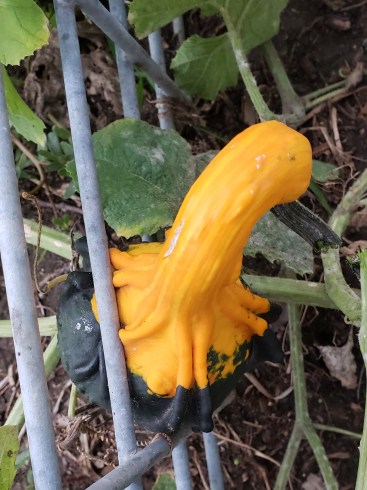This week has been “fair recovery week” in our house. We were blessed to have our county fair in person providing the boys the opportunity to have their 4-H projects judged in person and to display their projects at the county fair.
Every year leading up to and during the county fair, there are parental peaks and valleys. It would be so much easier as a parent to decide that our family just didn’t have time for 4-H and the county fair.
As parents and 4-H volunteers, Steve and I have a strong belief in the positive outcomes we see our kids experience because of the opportunities they have through 4-H. At the end of the fair, we as a family reflect upon what experiences we were grateful for during our county fair 4-H experience.
It never ceases to amaze me how much personal growth comes from these experiences. To us it is not about the purple ribbon, it is about growing purple ribbon kids. Two key take aways from this year:
“These are some of my favorite days of the summer and favorite parts of 4-H: General project interviews and showing my animals and talking to the judges.”
“I really enjoyed getting to know the other 4-Hers and their families.”
If you have wondered if 4-H is for you…you should quite wondering and join. Participate in ways that work for your family. It is not just for farm kids. There is opportunity for everyone. It is a safe place for kids to learn and explore their interests through project experiences and learning experiences.
I PLEDGE my HEAD to clearer thinking,
my HEART to greater loyalty,
my HANDS to larger service,
and my HEALTH to better living,
for my family, my club, my community, my country and my world.
Garden Science

Japanese Beetles are making their presence known and a detriment to a variety of crops. Learn more from the University of Wisconsin Extension.
Pick-Up and Delivery
Remember that pick-up and deliveries will be on the schedule you have arranged with Harner Brothers CSA – please note the exceptions to this which were in the email. Please follow the CDC and MDH guidelines and COVID-19 procedures.
It is your responsibility to know that the pick-up or drop-off time will occur at the agreed upon time, and it is your responsibility as a shareholder to know this and be responsible for the produce at that time. If you are unable to utilize your share that week, it is still your responsibility: find someone else to pick it up or donate it to the food shelf.
Each box is labeled for each family. The same boxes will be used for your family throughout the season. Boxes and containers should be returned the following week. Bags will only be used once.
Boxes of Produce
This list is prepared before we harvest your share. Some guesswork is involved! We do our best to predict which crops will be ready to harvest, but sometimes crops are on the list that are not in the share, and sometimes crops will be in the share even though they’re not on the list. Remember food safety in your kitchen when preparing, always wash your hands before working with your produce and always wash your produce before eating.

Cucumbers – The cucumbers are just starting to come in. Check out Pioneer Woman’s cucumber sandwich recipe.
Onions – Fresh Walla Walla Onions
French Breakfast Radish/Cherry Belle Radish – We are at the end of the radish crops for a little while.
Super Sugar Snap Peas – This will be the end of the first crop of peas. We hope to have the second crop available next week.

Green Beans – I am sure glad we are seeing some green beans on these plants. Enjoy fresh or cooked.
Carrots – The drought is having an effect on the growth of a variety of crops especially carrots.

Summer Squash – Zucchini, Peter Pan and Sunburst varieties. TIP: use your summer squash like your zucchini. None of these need to be peeled when using them.

Sunflowers, Zinnias and Hydrangeas – These should brighten up your home.
Recipe of the Week
Fudgy Zucchini Brownies
2 cups all-purpose flour
1/3 cup baking cocoa
1-1/2 teaspoons baking soda
1 teaspoon salt
2 cups shredded zucchini
1-1/2 cups sugar
3/4 cup vegetable oil
1/2 cup chopped walnuts
2 teaspoons vanilla extract
Frosting
1/4 cup butter, cubed
1 cup sugar
1/4 cup milk
1/2 cup semisweet chocolate chips
1/2 cup miniature marshmallows
1 teaspoon vanilla extract
1/2 cup chopped walnuts, optional
1. In a large bowl, combine the flour, cocoa, baking soda and salt. In a small bowl, combine the zucchini, sugar and oil; stir into dry ingredients until blended. Stir in walnuts and vanilla.
2. Pour into a greased 13-in. x 9-in. baking pan. Bake at 350° for 35-40 minutes or until a toothpick comes out clean. Cool on a wire rack for 30 minutes.
3. In a large saucepan, melt butter; stir in sugar and milk. Bring to a boil over medium heat, stirring frequently. Cook and stir 1 minute or until smooth. Remove from the heat. Stir in chips and marshmallows until melted and smooth; add vanilla. Spread over brownies. Sprinkle with walnuts if desired.
Source: Taste of Home






































































































